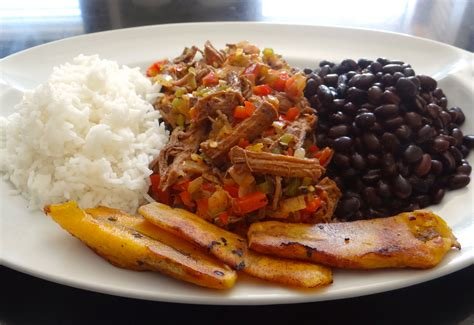It is a chemoreceptor, since it is capable of reacting to the substances released by the food we consume. Basically four flavors are recognized: sweet, bitter, salty and acid. It has been proven that a bulb can react to more than one flavor, although there is one specific to the one that perceives better.

Image font
Many scientists speak of a fifth flavor: The UMAMI, discovered in 1980, when Dr. Kikunae Ikeda, managed to isolate Glutamate from Konbu algae, the basis of Japanese cuisine, but was recognized as a flavor in 1980, it also tastes umami inosinate, which It is found in the fish guanilato, its flavor is indeterminate and subtle.

Image font
I do a review of the taste system to tell him how he tastes the typical Venezuelan food and I am going to detail each typical dish which is detailed below:

It is the most divine is made of corn flour and can be baked, fried, roasted, grilled you can eat it with what it provokes you, with meat, chicken, cheese, ham, fish, vegetables with whatever you can think of .

How divine is my mouth watering is a traditional dish in the month of December, the dough is prepared with corn flour, a stew is made and onion, paprika, raisins etc. are placed. that is, it has several ingredients.

Sigh with just by thinking it is considered is considered the most traditional dish, consisting of beans, rice, chopped and meat loaf.
That's all! Don't forget to vote this post, you can follow me too!!
The research and summary of this blog is here: http://www.venezuelatuya.com http://www.comidatipicavenezolana.blogspot.com
You present information in here that is worrisome such as a picture of a tongue with different taste zones (your tongue isn't broken up into zones like that)
There are also way more fundamental tastes then just sweet, bitter, salty, and sour (acid, btw acid isn't a taste and not all acids taste the same, some taste hot and some taste sour)
Excuse me, but the tongue, as we know, has areas where it can better capture the flavors of the food that it touches. There are no more flavors since scientists have not discovered beyond those 6 flavors, counting the Umami. This topic can be observed in primary and secondary books respectively.
Also, the topic that is being looked at in this blog is about taste in a theoretical way, not the tongue itself. If you need to make an abusive comment, I recommend reading the blog first.
However, thank you for taking your time to comment, even if it is a comment I did not expect at all. Have a nice day.
Your first reference is about traveling to Venezuela, your second one looks like a restaurant menu.
As for the tongue map, it has been debunked for, well ,decades now.
However, since you used the steemstem tag you opened up your blog to criticism for the potential of curation. As for theoretical, this blog is extremely anecdotal and subjective.
Congratulations @srta.sol! You have completed some achievement on Steemit and have been rewarded with new badge(s) :
Click on any badge to view your own Board of Honor on SteemitBoard.
For more information about SteemitBoard, click here
If you no longer want to receive notifications, reply to this comment with the word
STOP